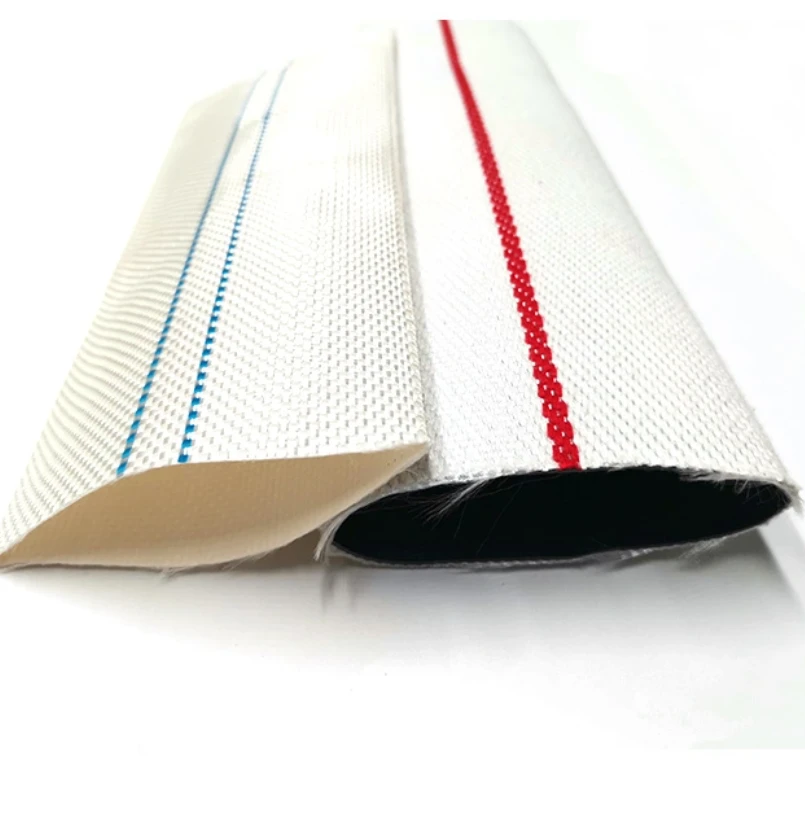pvc hose sizes
Understanding PVC Hose Sizes A Comprehensive Guide
Polyvinyl chloride (PVC) hoses are essential components used in various industrial, agricultural, and domestic applications. They serve as conduits for transferring fluids, gases, and other materials. One of the critical considerations when selecting a PVC hose is its size, which can significantly affect performance, efficiency, and durability. In this article, we will explore the different sizes available, factors influencing size selection, and their specific applications.
Types of PVC Hose Sizes
PVC hoses come in various diameters, typically ranging from 1/4 inch to 12 inches. The size of the hose you need depends primarily on the application and the kind of material being transported. Here are some common sizes and their typical uses
1. Small Diameter Hoses (1/4 to 1 inch) These hoses are often used in applications involving light fluids, irrigation systems, and residential water supply lines. Their smaller sizes make them ideal for narrow spaces and precise applications, such as in home gardening or small tools.
2. Medium Diameter Hoses (1 inch to 4 inches) This range is versatile and can be found in a variety of settings, including agricultural irrigation, spray applications, and even some commercial uses. Medium hoses balance ease of handling with sufficient flow rates for most tasks, making them popular in many areas.
3. Large Diameter Hoses (4 inches and above) Large hoses are typically used in construction, industrial, and heavy-duty applications. Their greater capacity allows for the transportation of larger volumes of water, concrete, or other materials over short or long distances. They’re often employed in mining, drainage, and large-scale irrigation systems.
Factors Influencing Size Selection
Selecting the correct size of a PVC hose is crucial. Several factors come into play
pvc hose sizes

1. Fluid Type and Temperature The type of fluid being transported and its temperature can influence hose size. For example, high-viscosity fluids may require larger hoses to ensure adequate flow rates, while heat-sensitive materials might dictate the use of reinforced hoses to prevent collapse.
2. Flow Rate Flow rate requirements are perhaps the most critical factor in size selection. You will need to calculate the desired flow rate (often measured in gallons per minute or liters per second) and choose a hose that can accommodate that need without creating excessive pressure loss.
3. Pressure Requirements If the application involves high pressure, hoses must be able to withstand that pressure without bursting. Larger diameter hoses may be beneficial in such scenarios as they generally handle pressure better than their smaller counterparts.
4. Length of Hose The length of the hose run can also affect the choice of size. Longer hoses may require larger diameters to compensate for the friction loss that occurs over distance.
5. Environmental Conditions Consideration of the environment where the hose will be used is vital. Hoses exposed to harsh chemicals or extreme temperatures may need specific protective coatings or reinforcement that can also influence size.
Conclusion
Choosing the right size of PVC hose is essential for the success of any project, whether in agriculture, construction, or home improvement. By understanding the various sizes available and the factors that influence size selection, you can make informed decisions that will optimize performance and longevity.
When purchasing a PVC hose, always consider consulting with suppliers or experts who can guide you based on the specific requirements of your application. Doing so ensures that you select a hose that meets both operational demands and safety standards, leading to efficient and effective fluid transfer. Proper sizing not only enhances performance but also contributes to the overall sustainability of operations, as mismatched sizes can lead to increased wear and premature failures.
In conclusion, the importance of understanding PVC hose sizes cannot be overstated. A well-chosen hose serves as the backbone of effective fluid transport, ensuring operations run smoothly and efficiently across various sectors.
-
Top Quality Oxy Acetylene Hoses for Sale Fit for Welding DemandsNewsJul.28,2025
-
The Future of Pneumatic Air Tubes in IndustryNewsJul.28,2025
-
Superior and Reliable LPG Hose Pipe Solutions for Every NeedNewsJul.28,2025
-
Exceptionally Durable and Versatile Premium Braided PVC TubingNewsJul.28,2025
-
Best Adapters for Connecting Garden Hose to PVC Pipe ConnectionsNewsJul.28,2025
-
The Essential Role of LPG Hoses in Safe and Efficient Gas DistributionNewsJul.16,2025














